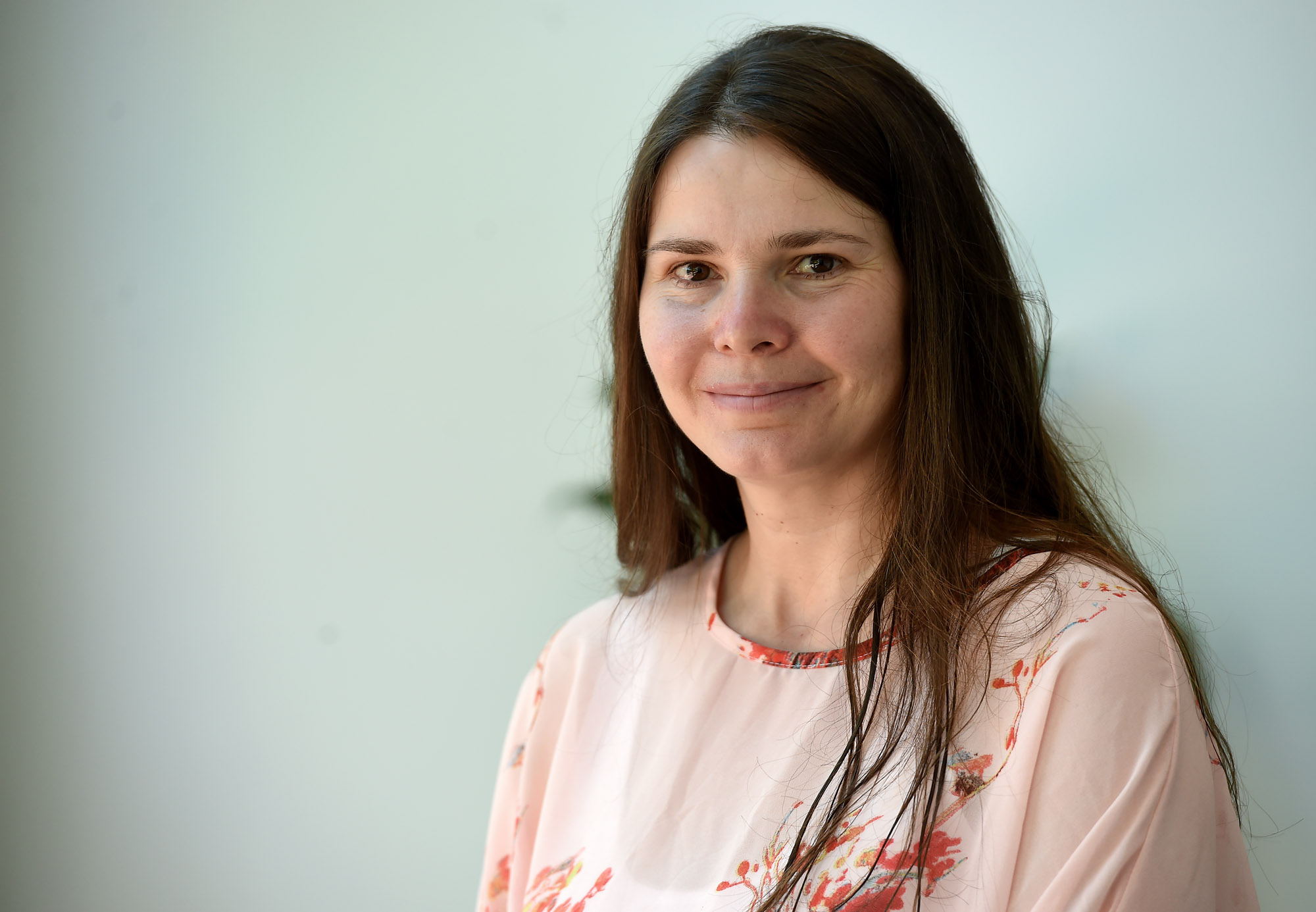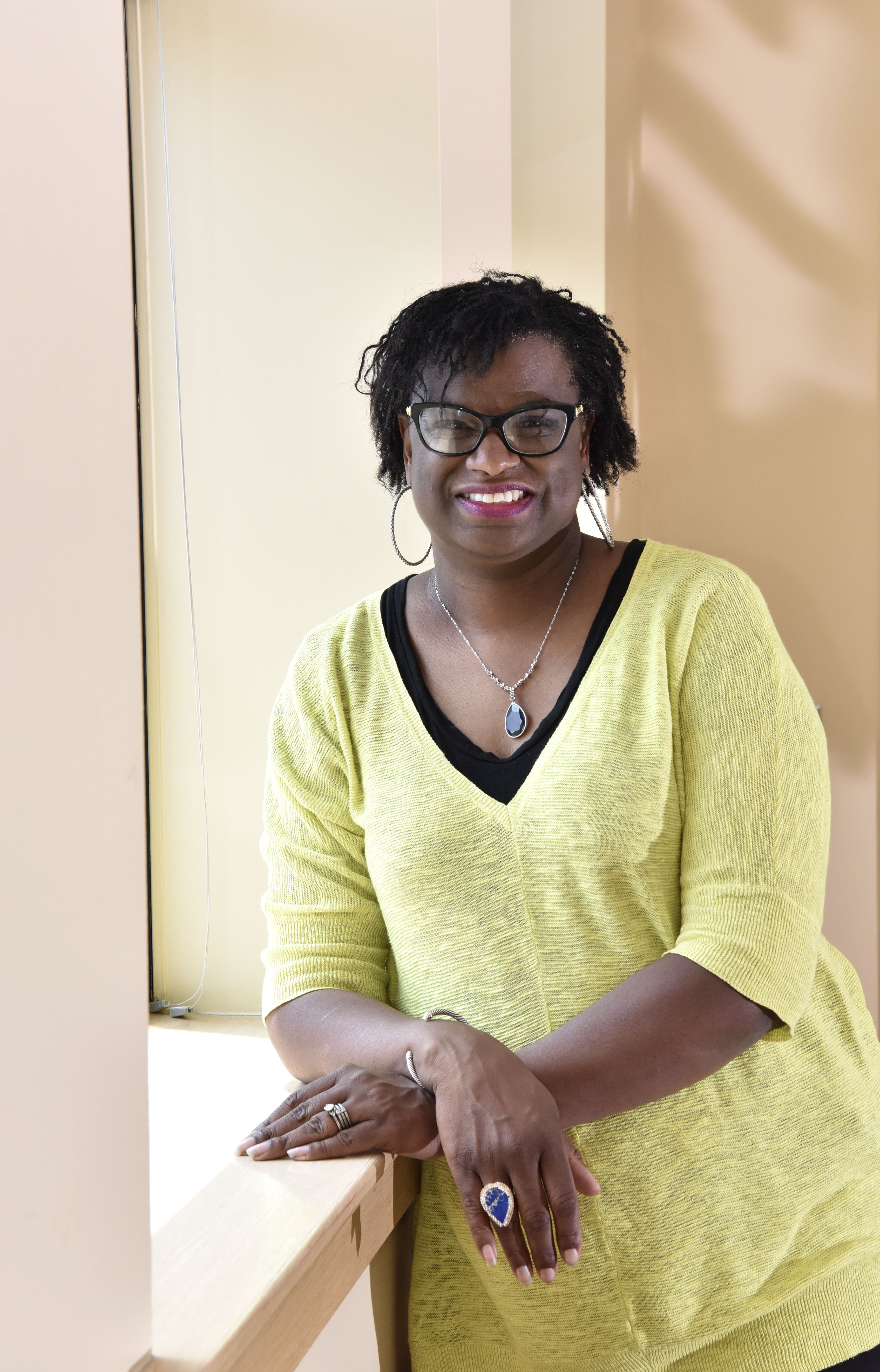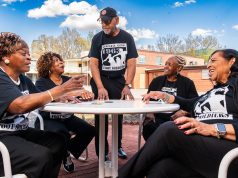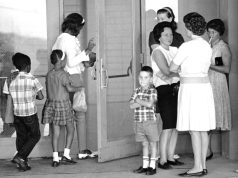By Nathan Turner Jr.
For the Birmingham Times
Aspiring local rap artist Tramone “Lil Mone” Mitchell, 22, had recently finished working at UAB, helping to produce an educational video series on HIV, when he was shot to death on Cotton Avenue in southwest Birmingham. An unidentified 15-year-old was charged with killing Mitchell and two other people in an unrelated incident.
Mitchell’s death in the fall of 2015 hit members of the University of Alabama at Birmingham team hard.
“I technically knew ‘Mone’ for five hours, but I am so grateful I was able to work with him,” said Bailey Murphy, a UAB health behavior program manager. “It shook our whole team when we found out what happened. He was such a sweet soul.”
Murphy said she is not as concerned about the circumstances of Mitchell’s last moments as she is about the loss of life of a talented, generous male who died so young.
Homicide is the leading cause of death for African-Americans ages 15 to 24, according to the Centers for Disease Control and Prevention (CDC). In Birmingham, homicides have increased 80 percent since 2014—and many of the victims and perpetrators are young men. Earlier this year, widely-reported murders of young black males raised concern among elected officials, law enforcement agents, and community leaders.

Stress and Duress
The spike in deaths has raised alarms among another group, as well: medical professionals, who see violence as a growing public health issue.
“Youth violence is a devastating public health and social issue that has an impact on the health and well-being of not only our young people but also their families and communities,” said Sarah Stoddard, PhD, an assistant professor at the University of Michigan School of Nursing in Ann Arbor, Mich.
“Violence puts young people at risk of injury, disability, and untimely death. It has the potential to keep them from meeting the development tasks of adolescence and growing into healthy, productive adults,” said Stoddard, who has conducted some of her research among African-American youth in Mobile and Prichard, Ala.
Stoddard was one of several experts who spoke recently to The Birmingham Times about this disturbing issue.
Jeffery T. Walker, PhD, professor and chair of UAB’s Department of Criminal Justice, said violence is strongly connected to health issues like stress and high blood pressure.
“There is a growing consideration of violence as a public health issue,” he said. “The National Institutes of Health [NIH] is now funding grants to study violence.”
Susan Davies, PhD, an associate professor of public health at UAB, said violence “is a significant public health issue with great direct and indirect costs and long-term implications for physical and mental health.”
Davies is an adolescent-health researcher who primarily studies violence from the perspective of the child and his or her surrounding social (family, peer) and structural (school, neighborhood) environments. Most acts of hostility and aggression begin with small everyday interactions, during which an argument or confrontation begins, she said.
“Arguments resulting in violence are a considerable problem for American youth [more so than in other countries] as both victims and aggressors,” Davies said. “Most violent events occur between individuals who already know each other through their school or neighborhood.”
The Rev. Dr. Matthew V. Johnson Sr., pastor of Mount Moriah Baptist Church in Pratt City, said, “I don’t think you can disconnect the violence from the stress and duress [that’s caused when] people live under impoverished circumstances, just like you can’t separate the proliferation of diabetes and other diseases of the internal organs from chronic stress.”
Johnson added, “The fact that this is a public health issue isn’t simply [a] philosophical question. … Real, hard scientific evidence says violence is related to the institutionalized violence of poverty and living under repressive conditions. It’s very stressful and very toxic. It toxifies people to live in an environment that is constantly stressed.”
That environment “can lead to bitterness, aggression, depression, and lethargy, all of which spill over into public health issues because there’s a lack of treatment. And where there is treatment, it tends to be overtaxed,” he said.

The Environment
Most experts who spoke to The Birmingham Times repeatedly cited “environment” as a significant factor for the acts of hostility and other ills some young people face.
“[Young people in] violent environments learn less [effectively] and skip school more often because they are distracted, distressed, and afraid,” said Sylvie Mrug, PhD, associate professor of psychology and health behavior at UAB. “Children and teens who witness youth violence are traumatized by it and start accepting violence as something normal and inevitable, which then makes them more callous and more likely to become violent themselves.”
Oftentimes the perpetrators and victims of violence have poorer grades, are more likely to drop out of high school, have more mental-health challenges (depression and substance abuse, for instance), and deal with more problems in their personal relationships, Mrug said.
Exposure to hostility and poverty may influence an adolescent’s thoughts about his or her future and can be linked to hopelessness, said the University of Michigan’s Stoddard.
“Young people who are hopeless about their future are at greater risk of involvement in violence and other high-risk behaviors that can have an impact their health and well-being,” she said. “On the other hand, a positive orientation to the future can facilitate healthy development and successful transition to adulthood.”
Living in impoverished neighborhoods and dilapidated housing, frequently moving, experiencing food insecurity and racism, and having limited access to support and medical services can lead to chronic stress, said Corinne David-Ferndon, PhD, a CDC behavioral scientist.
Some juveniles lack adequate decision-making skills and feel that acts of hostility may be their only option, said UAB’s Walker: “It is not their [own] decisions about school, employment opportunities, or being exposed to the violence all around them in their neighborhoods.”
With violence, several other factors in addition to an individual’s environment come into play: the economy and education, as well as social and personal issues.
“[Violence] is influenced by and influences all these things,” Walker said. “And by violence, I mean child abuse, domestic violence, bullying, and direct violence, as well as the trauma induced by living in places that have a lot of social violence, [such as areas where gunshots are often heard at night].”
Davies said the most common reason for violence is retribution, wanting to punish an adversary for something he or she did to them. Other reasons include defending oneself or another against the aggressor and trying to “save face,” or protect one’s image.
“Adolescence can be a challenging time emotionally, and many young people are not equipped with the social skills to successfully navigate potentially dangerous situations,” she said.

‘All Hands on Deck’
In an effort to reduce the number of homicides in the city, the Birmingham Police Department (BPD) last month announced Operation Eagle, a program designed to increase police visibility and strengthen the department’s partnership with citizens of various communities. Police Chief A.C. Roper called it “an all-hands-on-deck approach.”
“This means we’re drawing personnel from different units, not just patrol and detectives, but from our Neighborhood Enforcement Team, our Crime Reduction Team, our Community Policing Officers, our officers that work in public housing communities,” he said. “We’re all working together to improve the quality of life in our neighborhoods, to increase police visibility.”
The BPD isn’t alone in its efforts to stem the tide of violence in the Magic City. Groups like the Birmingham Violence Reduction Initiative (BVRI), a network that includes a private-public partnership of the business community; the Community Foundation of Greater Birmingham; social services organizations; and UAB are stepping in, too.
The BVRI, in particular, works to address issues that lead to an increase in crime.
BVRI Project Manager Jarralynne Agee, PsyD, said the group is working on creating Safe Birmingham—a coalition of pastors, teachers, and other community leaders who partner to combat crime in their neighborhoods.
“We will be providing the structural and emotional support to one another and to support those people who are on the front lines of the violence,” she said.

Senseless Losses
The loss of life touches more than just the lives of family and friends of the deceased.
UAB’s Murphy said she fondly remembers the work with “Lil Mone” Mitchell on the HIV educational video series.
“He was immediately on board to participate in the project,” she said. “He was very patient and enthusiastic the whole afternoon we were with him. He informally talked about the basics of HIV testing: where to go, what the results mean, how often you should get tested.
“He was great in front of the camera, and we ended his filming session by recording a live performance of one of his new songs. When we were wrapping up for the day, he asked if there were other opportunities that would allow him to help his community. We left it saying we would definitely follow up with him and get him connected to the right community outreach groups around town. Less than two weeks later, he was senselessly murdered by a 15-year-old.”
Reporter Monique Jones contributed to this article.
To read more from the #LivesLostBham violence series, click here to read part one, and here to read part two.





